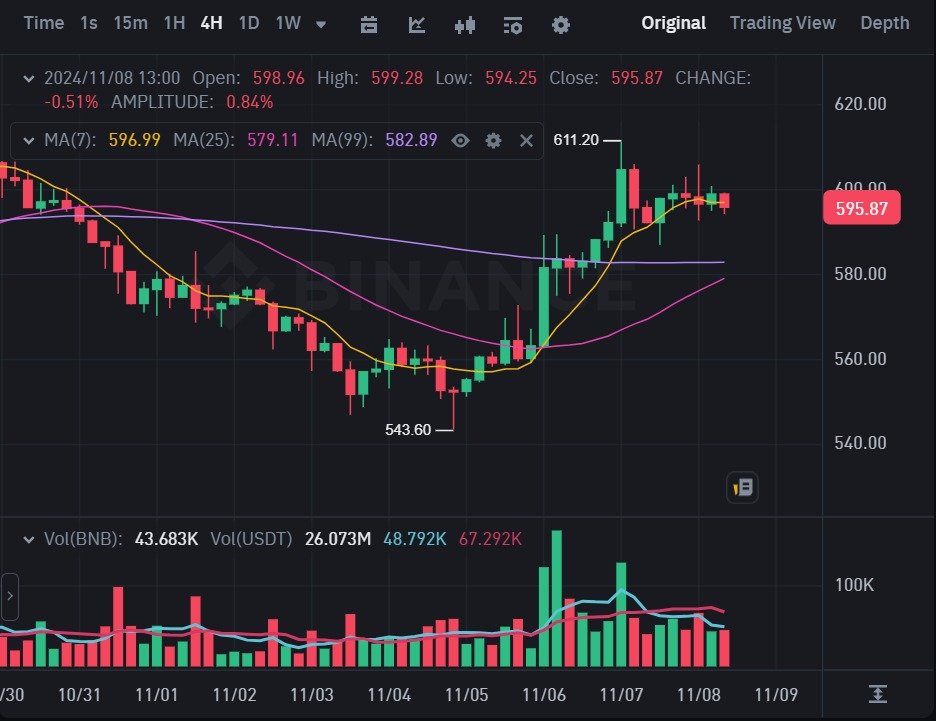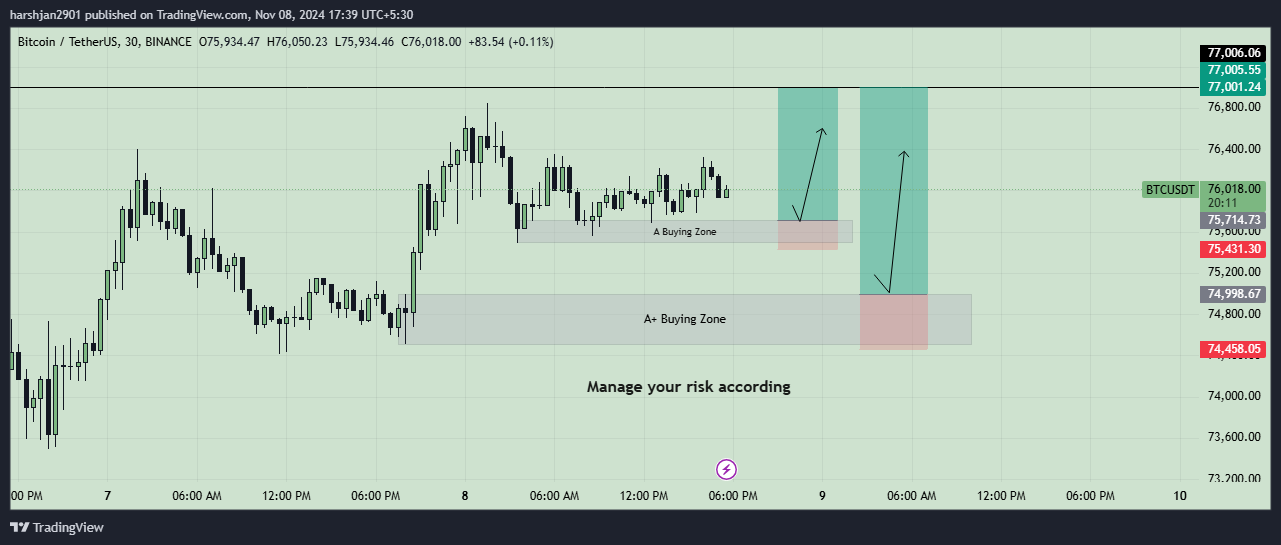The world of cryptocurrencies has been a rollercoaster ride of unprecedented growth followed by steep declines. For many investors, especially those who experienced significant losses during recent market corrections, the question of whether crypto will ever rise again is a pressing concern.
The answer isn’t simple, but there are compelling reasons to believe that cryptocurrencies—despite their volatility—have a strong potential to rise again. In this blog, we’ll break down the factors that could influence whether the crypto market will experience future growth, as well as the opportunities and risks that investors should be aware of.
1. Historical Growth and Resilience of Crypto Markets
To understand whether crypto will rise again, it’s important to look at the history of digital assets. Cryptocurrencies like Bitcoin and Ethereum have experienced several boom and bust cycles, yet they have managed to grow in value and adoption over time.
- Bitcoin’s Rise: Since its creation in 2009, Bitcoin has gone through multiple price corrections, including massive crashes in 2011, 2013, and 2018, but each time it has come back stronger, reaching new all-time highs in 2021.
- Ethereum’s Evolution: Similarly, Ethereum, which launched in 2015, has faced its own fluctuations but continues to evolve with the development of Ethereum 2.0, its transition to a proof-of-stake (PoS) consensus mechanism. These changes aim to improve scalability, energy efficiency, and transaction costs, making Ethereum even more valuable in the long term.
The resilience of cryptocurrencies in the face of market downturns shows that despite short-term price fluctuations, the long-term potential remains high. Cryptocurrencies have proven to be innovative financial instruments that can withstand pressure and recover from setbacks.
2. Factors That Could Lead to Future Growth in Crypto
While the past can give us some insights, it’s important to consider the factors that might influence the next phase of growth in the crypto market.
a) Mainstream Adoption
One of the most significant reasons why crypto could rise again is the growing mainstream adoption of digital currencies.
- Institutional Adoption: Over the last few years, institutional investors—such as Tesla, MicroStrategy, and Grayscale—have embraced Bitcoin and other cryptocurrencies as part of their investment portfolios. Additionally, the Bitcoin ETF (Exchange-Traded Fund), which was approved in 2021, has opened the door for more traditional investors to participate in the market.
- Corporate Adoption: Companies like PayPal, Square, and Tesla have integrated cryptocurrencies into their operations, enabling customers to buy, sell, and hold crypto more easily. This integration makes it easier for everyday users to access and use cryptocurrencies.
- Global Remittances: Cryptocurrencies are increasingly seen as a viable option for international money transfers, especially in countries with high remittance flows. With lower fees and faster transactions compared to traditional financial systems, crypto adoption in this sector could lead to greater market penetration.
b) Blockchain Technology and Use Cases
The underlying technology behind cryptocurrencies, blockchain, has found numerous applications beyond digital currencies.
- DeFi (Decentralized Finance): The DeFi movement has exploded in recent years, allowing individuals to engage in lending, borrowing, and trading without the need for traditional banks. DeFi platforms rely heavily on blockchain technology, and as the space matures, it could drive demand for cryptocurrencies.
- NFTs (Non-Fungible Tokens): Cryptocurrencies are also the backbone of the NFT market, which has revolutionized the way we think about digital ownership and collectibles. The rise of NFTs has introduced new use cases for crypto, further expanding its utility.
- Smart Contracts and dApps: Platforms like Ethereum support smart contracts and decentralized applications (dApps), which can automate processes and reduce reliance on intermediaries. As more developers build on these platforms, the demand for crypto could continue to rise.
c) Institutional Infrastructure
The infrastructure surrounding the cryptocurrency market continues to improve, with advancements in custody solutions, exchanges, and regulatory frameworks. Major financial institutions, such as JPMorgan, Goldman Sachs, and Fidelity, have entered the crypto space, bringing more legitimacy to the market.
As the regulated financial ecosystem for crypto strengthens, it becomes safer for mainstream investors, and more capital may flow into digital assets, driving prices higher.
d) Global Economic Trends
Cryptocurrencies are increasingly being viewed as a store of value, especially in times of economic uncertainty. As fiat currencies face inflationary pressures due to government stimulus packages and rising national debts, more people are looking to Bitcoin and other cryptocurrencies as a hedge against inflation and a safer store of wealth.
In countries facing economic instability, such as Argentina and Turkey, cryptocurrencies have gained popularity as a way to preserve wealth and bypass government-imposed restrictions.
With central bank digital currencies (CBDCs) gaining attention from central banks worldwide, the general acceptance and understanding of digital assets could create the environment for the entire market to thrive.
3. Challenges to Crypto’s Growth
While the potential for future growth is significant, there are challenges that could slow the rise of crypto or lead to a prolonged downturn.
a) Regulatory Uncertainty
One of the biggest risks to the crypto market is regulatory uncertainty. Governments around the world are still figuring out how to regulate cryptocurrencies, and drastic changes in regulation could have a major impact on market prices. India, China, and the European Union are just a few regions that have proposed or implemented regulations that could restrict or limit crypto activities.
However, a clear regulatory framework could also provide greater stability and legitimacy, ultimately leading to more institutional investment and market growth.
b) Market Volatility
Cryptocurrency markets are known for their extreme volatility. This volatility can be both a blessing and a curse for investors. While it provides opportunities for high returns, it also comes with significant risks. If the market experiences another significant downturn, it could take time for prices to recover.
c) Security Issues and Hacks
Cryptocurrencies are also vulnerable to hacking and security breaches. Major crypto exchanges and wallets have been targeted by cybercriminals in the past, leading to substantial losses for investors. Ensuring that the infrastructure around crypto is secure and resilient will be crucial to sustaining long-term growth.
4. What Can Investors Do to Prepare for Crypto’s Future?
If you’re an investor interested in crypto’s future potential, here are a few strategies to consider:
- Stay Informed: Keep up to date with the latest trends in crypto adoption, blockchain technology, and market developments.
- Diversify Your Portfolio: Don’t put all your eggs in one basket. Diversify your investments across different cryptocurrencies, traditional assets, and alternative investments to reduce risk.
- Use Advanced Trading Strategies: With crypto’s volatility, strategies like copy trading or crypto trading bots can help you take advantage of market swings without having to constantly monitor the market.
- Long-Term Perspective: If you believe in the long-term potential of cryptocurrencies, consider holding through market corrections and focusing on the fundamental value of digital assets rather than short-term fluctuations.
5. Conclusion: Will Crypto Rise Again?
While the future of the cryptocurrency market remains uncertain, the factors driving growth—such as institutional adoption, blockchain innovation, and the demand for digital assets as a store of value—suggest that crypto will likely rise again.
Despite periodic crashes and volatility, cryptocurrencies have shown remarkable resilience and have transformed the way we think about finance, technology, and investment. For investors, the key is to stay informed, manage risk, and remain focused on the long-term potential of digital assets.
At Lumina Lore, we offer tailored crypto trading strategies, copy trading, and bot trading solutions to help you navigate the volatility of the market and position yourself for success in the next phase of the crypto revolution. Contact us to learn more about how we can help you maximize your crypto investments.



